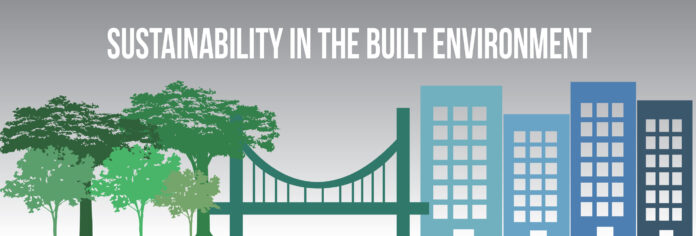 Geothermal energy is a rapidly developing field in which 100 percent renewable and clean energy can be obtained. Geothermal energy spans from large scale — in which it can provide energy to an entire country, to small scale — in which it can help heat/cool a small house. The science is quite evolved, and has proven efficient and economic on all scales. Currently, the United States’ total energy sources from geothermal energy is less than one percent! Although less than one percent, this number is still a substantial amount. Compare this number to Iceland’s geothermal energy percentage, which constitutes a whopping 65 percent! Are the United States’ political, social, economic or technical systems not advanced enough to implement geothermal energy?
Geothermal energy is a rapidly developing field in which 100 percent renewable and clean energy can be obtained. Geothermal energy spans from large scale — in which it can provide energy to an entire country, to small scale — in which it can help heat/cool a small house. The science is quite evolved, and has proven efficient and economic on all scales. Currently, the United States’ total energy sources from geothermal energy is less than one percent! Although less than one percent, this number is still a substantial amount. Compare this number to Iceland’s geothermal energy percentage, which constitutes a whopping 65 percent! Are the United States’ political, social, economic or technical systems not advanced enough to implement geothermal energy?
The main problem the United States faces with geothermal energy implementation is both political and economic. One initial point is that geothermal systems, both on large and small scales, are hard to retrofit. Geothermal systems, when implemented to new structures, allow designers and engineers to have more variability and thus more efficiency. For the United States, which is a relatively “built” nation, more geothermal energy sources have to be retrofitted to a current structure. This is problematic, as building owners don’t want to front the cost of introducing a geothermal system when their building has already been in place for a while.
On a large scale, economic factors are a huge problem for the United States. The problem is that nobody wants to front the capital to implement a large-scale geothermal energy project. In the United States, industry is ruled by the private sector. In contrast, Iceland, a country where more percentage of tax dollars are used for the public municipality sector – has a strong geothermal system. The main reason for this is due to the fact that a large percent of tax dollars are for geothermal energy. This is great for Iceland as it introduces a system which generates lower fossil fuel consumption, which in turn increases the need for the geothermal system. The problem in the United States is that very few public dollars are put into the geothermal industry (US renewable energy is dominated by solar).
To continue, the fact that the largest renewable energy source in the United States is solar introduces the social problem of small scale geothermal energy implementation. How many neighbors of yours have implemented a ground source heat pump to passively cool and heat their houses? None? Shocker! Geothermal energy isn’t as common in public knowledge. A direct result of this notion is the subdued geothermal use.
Subdued geothermal energy use is coupled with higher dependency on fossil fuels. Obviously, fossil fuel dependency is something the United States wants to stray away from. Renewable energy sources help minimize our fossil fuel usage, but we must take advantage of all types of these sources. Wind and solar energy alone aren’t enough to fully solve the energy crisis, which implies that geothermal energy (along with other unused renewable sources) are the key to ending fossil fuel dependency and introducing a 100% off-the-grid energy system.
Brent Lund can be reached at brlund@ucdavis.edu.
Graphic by Tiffany Choi




